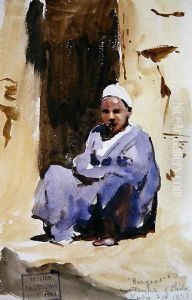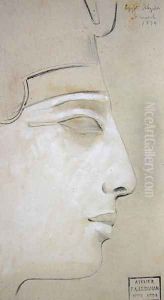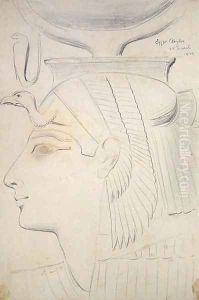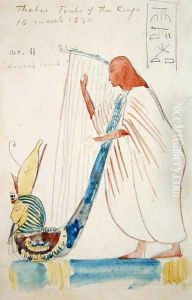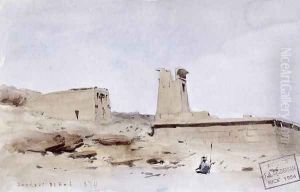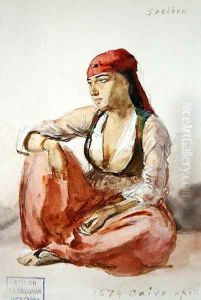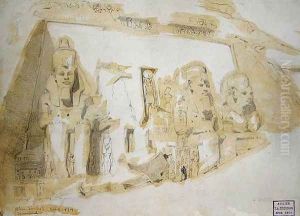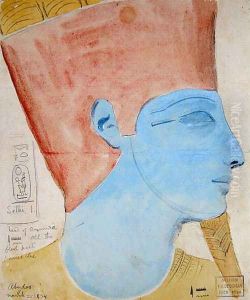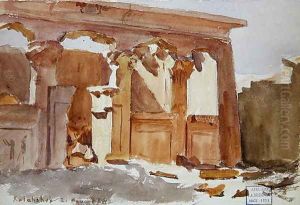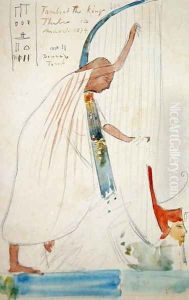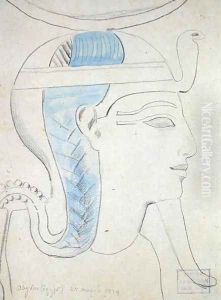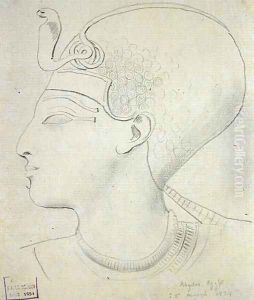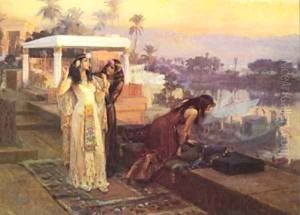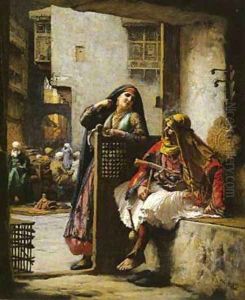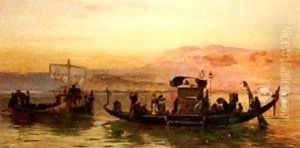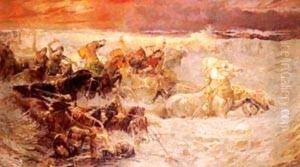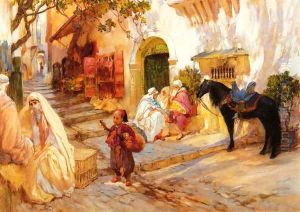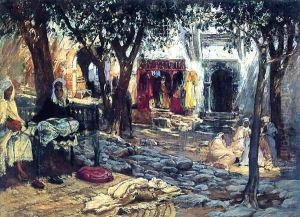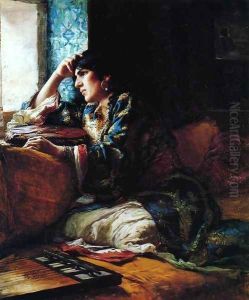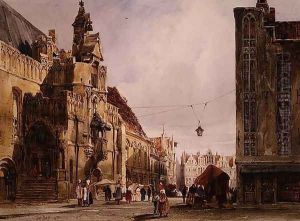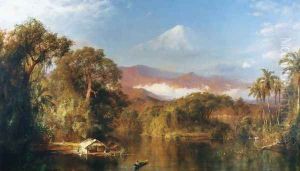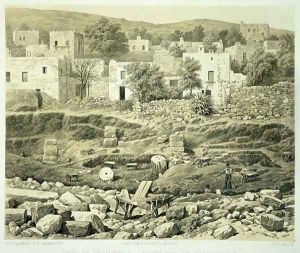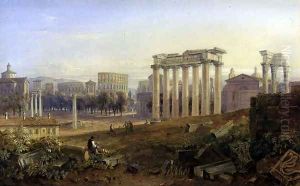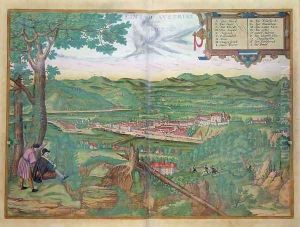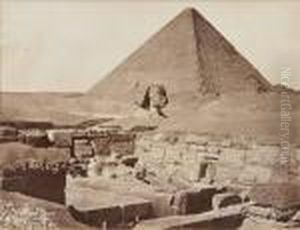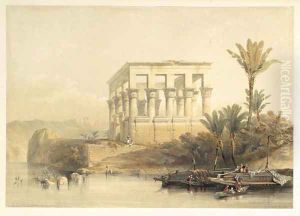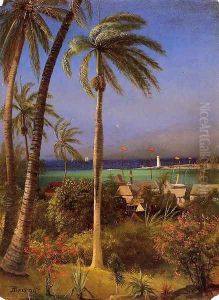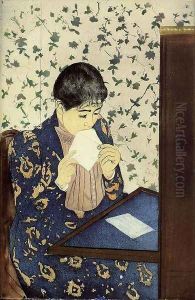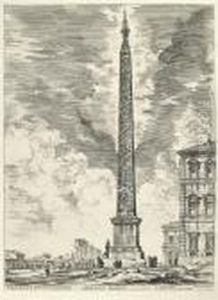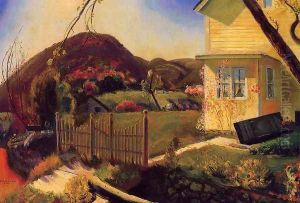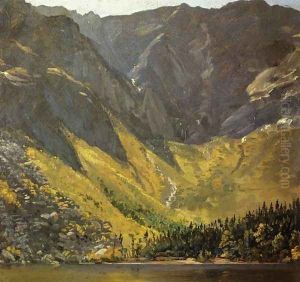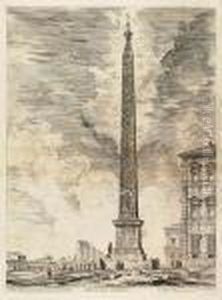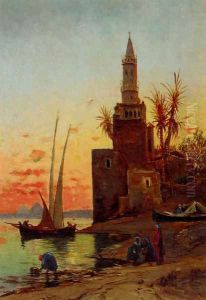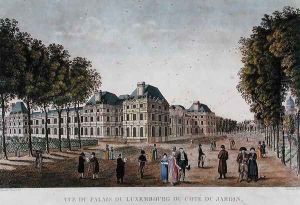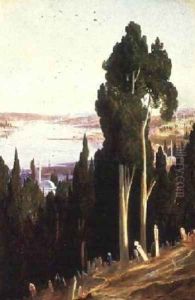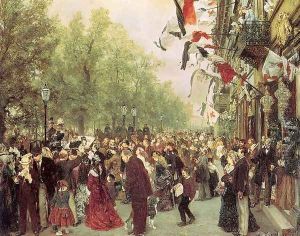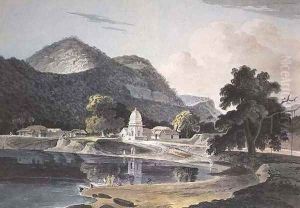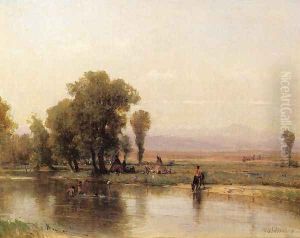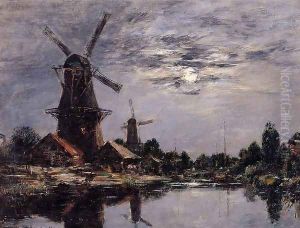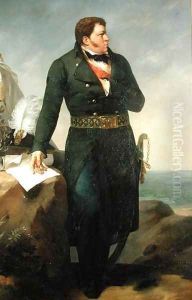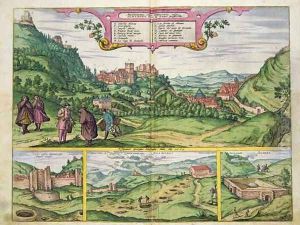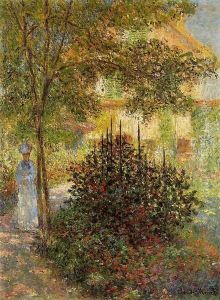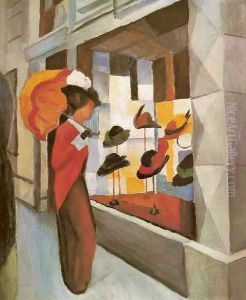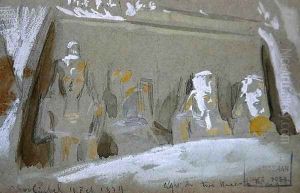





Four Colossal Statues of Ramesses II at the Great Temple at Abu Simbel, 1874 (2)
-
About Reproduction
Bring the timeless beauty of F. A. Bridgeman's Four Colossal Statues of Ramesses II at the Great Temple at Abu Simbel, 1874 (2) into your home with a handmade oil painting reproduction. Carefully recreated on canvas by skilled artists using traditional techniques, this piece captures the delicate brushwork, subtle light, and vibrant color of the original masterpiece. With museum-level quality and rich texture, it brings elegance and artistic depth to any space. Enjoy free shipping and make this masterpiece a part of your personal collection.
-
Original Description
Frederick Arthur Bridgman's Four Colossal Statues of Ramesses II at the Great Temple at Abu Simbel, 1874 (2) captures the awe-inspiring grandeur of ancient Egypt through a Western Orientalist lens. The painting depicts the towering seated figures of Pharaoh Ramesses II, their weathered yet majestic forms bathed in the golden light of the desert sun. Bridgman, a prominent 19th-century Orientalist painter, masterfully blends archaeological accuracy with romanticized drama—the colossal scale of the statues contrasts with tiny human figures at their base, emphasizing the pharaoh’s divine power. This work reflects the European fascination with Egyptology following Napoleon’s campaigns and the deciphering of the Rosetta Stone. Bridgman’s precise draftsmanship and warm, earthy palette align with academic traditions, yet his exotic subject matter places him among Orientalist artists like Jean-Léon Gérôme. The painting not only documents a UNESCO World Heritage Site but also encapsulates the 19th-century colonial gaze, making it historically significant in art history.
For interior spaces, this artwork’s grandeur calls for strategic placement. Ideal for a study or office with high ceilings, it demands a spacious wall (consider pairing it with a 24x36" framed print) to mirror the statues’ monumental presence. A minimalist or Egyptian Revival décor—think sandstone-hued walls, linen textures, and black lacquered furniture—would harmonize with its warm ochres and deep shadows. In a living room, balance its historical weight with modern metallic accents (brass or bronze) and neutral upholstery. For color resonance, introduce terracotta cushions or a Persian rug echoing the painting’s earthy tones. Avoid cluttering the space; let the artwork dominate as a focal point, much like the temple it portrays. Its blend of cultural gravitas and aesthetic richness makes it a conversation starter in both traditional and eclectic interiors.
-
Lead Time & Shipping
When you order this oil painting replica, it typically takes 2-3 weeks to paint. If the artwork is more complex, it might need a little more time to ensure the best quality. Once it's ready, we'll send you a photo for your approval. After you give the green light, we'll ship it to you for free.
-
Return & Refund
We believe in the quality of our hand-painted oil painting reproductions, and your satisfaction is our priority. If for any reason, you are not completely satisfied with your purchase, we offer a 45-day return policy. You can return your artwork within 45 days of receipt and receive a full refund. Please note that the artwork must be returned in the original packaging and in the same condition as it was received.





















